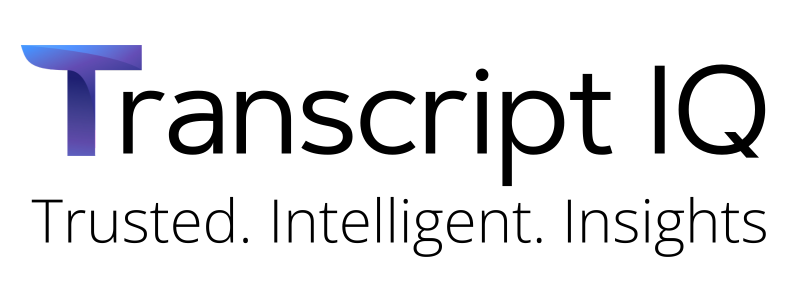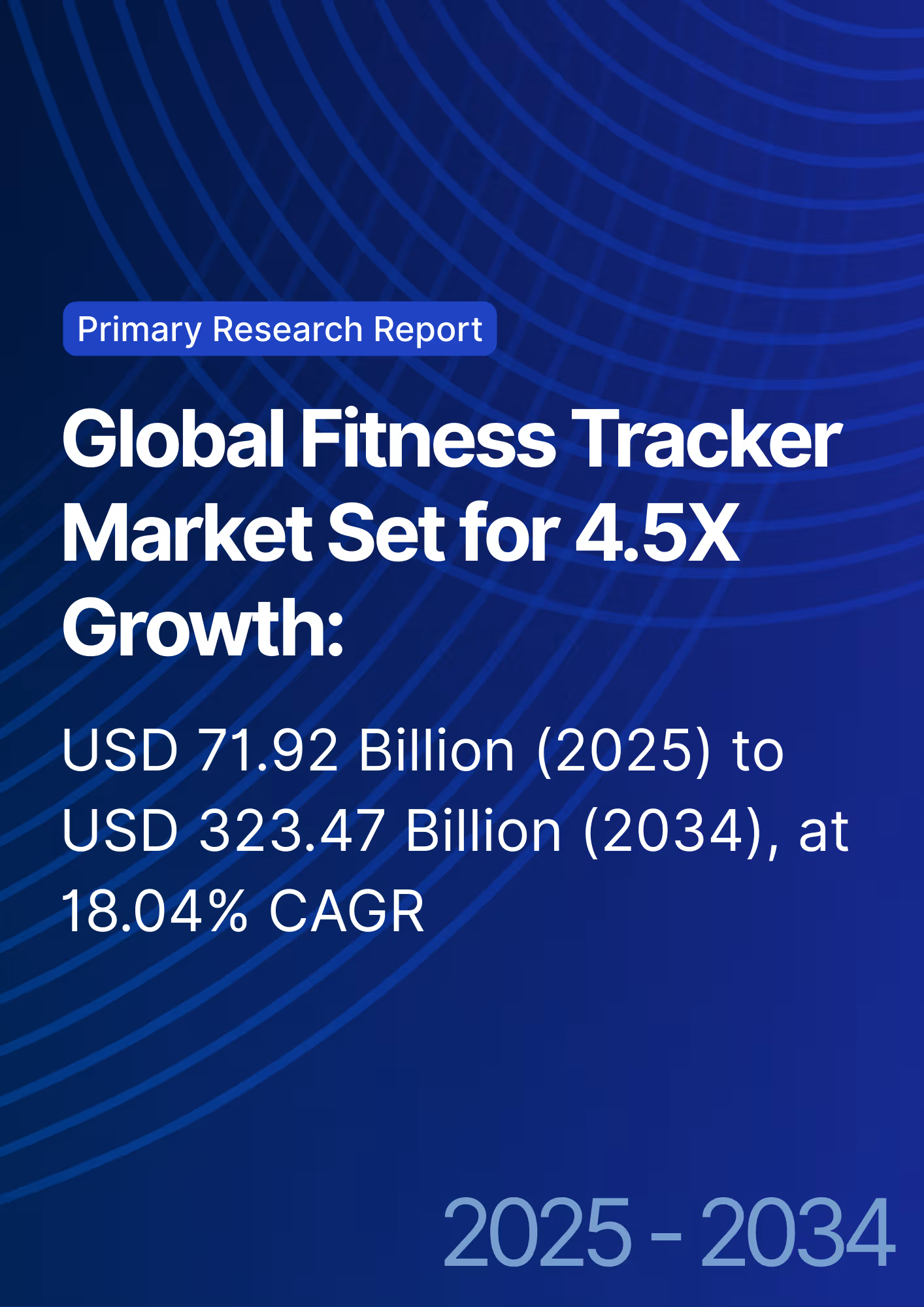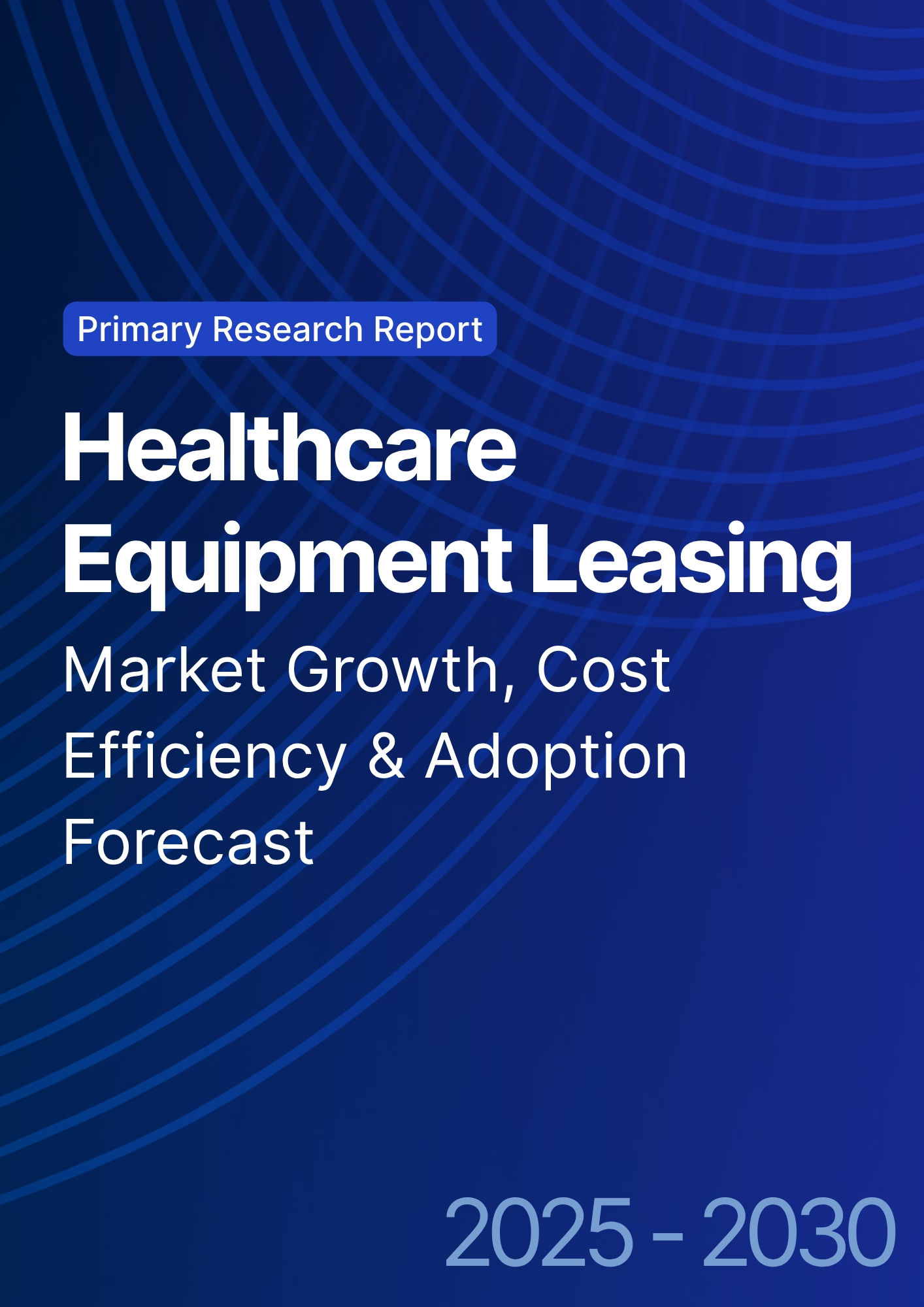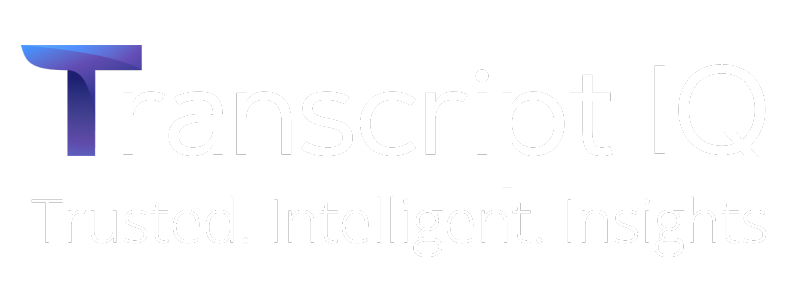

68 Circular Road, #02-01 049422, Singapore
Revenue Tower, Scbd, Jakarta 12190, Indonesia
4th Floor, Pinnacle Business Park, Andheri East, Mumbai, 400093
Cinnabar Hills, Embassy Golf Links Business Park, Bengaluru, Karnataka 560071
Connect With Us
Clinical Nutrition Market Size & Share Analysis - Growth Trends & Forecasts (2025 - 2030)
This report quantifies the clinical nutrition market across the US and UK (2025–2030), covering enteral, parenteral, and oral nutritional supplements (ONS). Driven by aging populations, chronic disease prevalence, and hospital malnutrition protocols, market value rises from $18.5B (2025) → $30.2B (2030) at a CAGR of 10.2%. Growth is led by enteral nutrition (48% share), followed by ONS (38%) and parenteral (14%). Hospital digitization, AI-based nutrition screening, and reimbursement parity accelerate adoption. ROI averages 16–22% for integrated hospital nutrition programs.
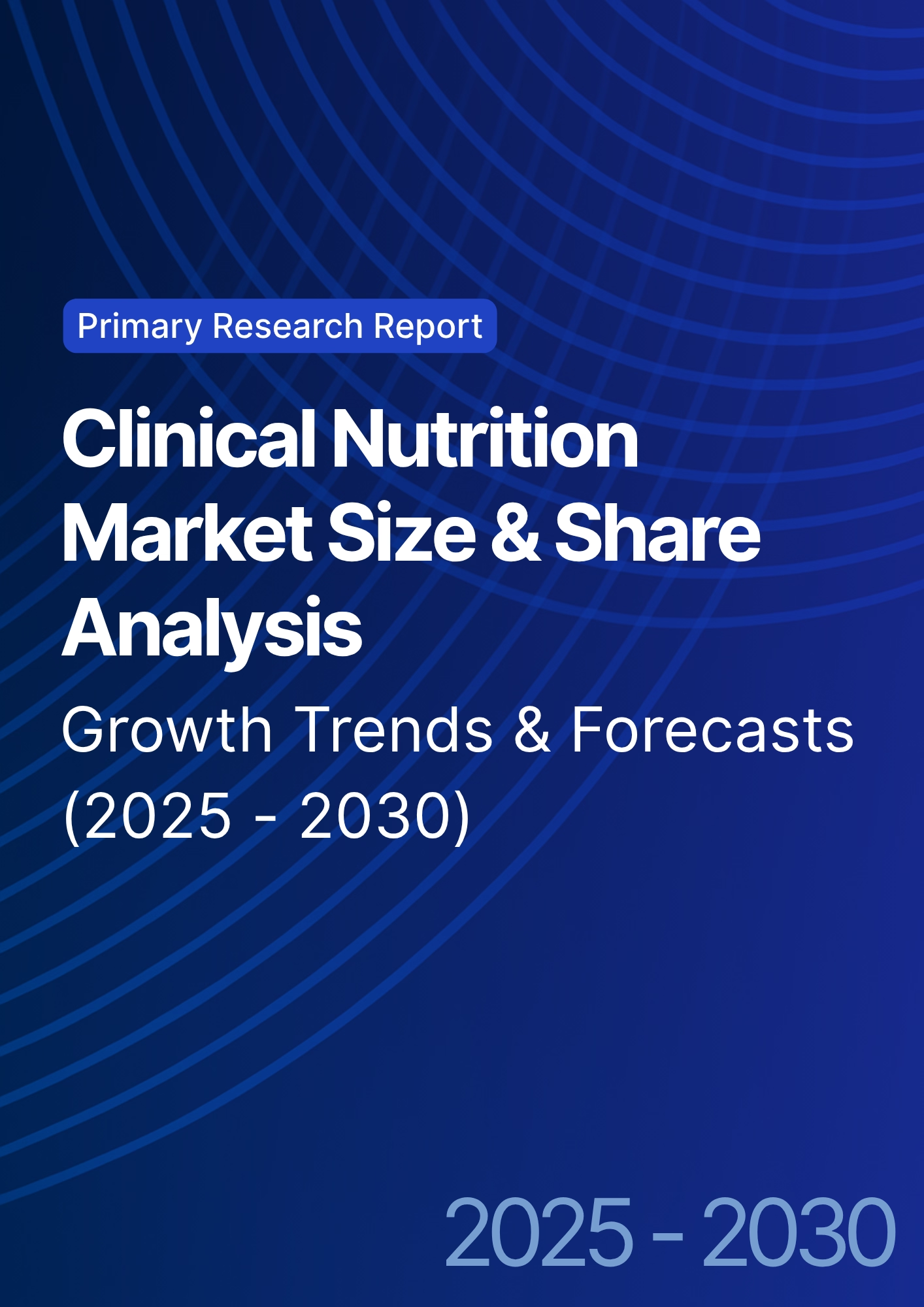
What's Covered?
Report Summary
Key Takeaways
- US+UK clinical nutrition market grows $18.5B → $30.2B (CAGR 10.2%).
- Enteral nutrition leads with 48% share; ONS 38%, parenteral 14%.
- Hospital malnutrition screening adoption increases 61% → 89% of inpatients.
- AI-driven intake analysis improves dosing precision +27% and reduces waste −18%.
- Chronic disease nutrition demand (oncology, GI, diabetes) grows 11.5% CAGR.
- Homecare nutrition market rises $4.3B → $7.1B, capturing 24% of total spend.
- Parenteral errors fall −32% with digital compounding systems.
- Hospital-to-home transition programs cut readmission rates −14–18%.
- Sustainability in packaging (biopolymer tubes, recyclable bottles) reaches 55% adoption.
- Combined US (72%) / UK (28%) market share reflects reimbursement maturity and regulatory alignment.
Key Metrics
Market Size & Share
Between 2025 and 2030, the clinical nutrition market in the US and UK expands from $18.5 billion to $30.2 billion, growing at a CAGR of 10.2%. The US contributes 72% of total market value, while the UK represents 28%, boosted by NHS reimbursement for oncology and post-surgical nutrition. Enteral nutrition (48% share) dominates due to its use in ICUs, oncology, and long-term care facilities. ONS (oral nutritional supplements) account for 38%, driven by retail expansion and tele-nutrition integration. Parenteral nutrition (14%) remains critical in neonatal and critical care units, with the highest per-patient cost. By 2030, hospital adoption of malnutrition screening rises from 61% to 89%, guided by AI-based patient intake tools that flag risk in <2 minutes. Chronic disease prevalence—especially diabetes, COPD, and oncology—fuels 11.5% CAGR in nutrition therapy. The home-based segment grows 24% of total spend, reflecting payer preference for reduced inpatient burden. Average ROI of 16–22% arises from shorter LOS (length of stay), lower readmission rates (−14–18%), and optimized compounding accuracy. Major players include Abbott, Nestlé Health Science, Baxter, Fresenius Kabi, and Danone Nutricia, collectively holding ~70% of US+UK market share.
.png)
Market Analysis
Five levers drive growth. (1) Aging demographics: By 2030, over 21% of the US and 24% of UK populations are aged 65+, expanding long-term nutrition care demand. (2) AI screening adoption: Hospitals using automated malnutrition detection show 27% dosing accuracy gain, 18% waste reduction, and 6% improvement in recovery rates. (3) Chronic disease burden: Oncology, GI, and metabolic disorders constitute 55% of all clinical nutrition indications. (4) Digital compounding: Closed-loop systems in parenteral nutrition cut formulation errors −32% and pharmacist workload −22%. (5) Home-care expansion: Virtual dietitian services and subscription ONS plans double household penetration from 4.5% to 9.1%. In revenue terms, enteral nutrition grows fastest (CAGR 11.4%), followed by ONS (10%) and parenteral (7.6%). Cost dynamics favor economies of scale—AI-enabled compounding trims hospital nutrition costs by $180–$250 per patient, while early screening saves ~$1,400 per avoided malnourished case. Hospitals implementing integrated digital nutrition platforms recover investments within 22–28 months. For suppliers, margins strengthen on premium formulations (immunonutrition, peptide-based blends, keto/diabetic-friendly variants). Policy pressure on label transparency and ESG packaging further boosts innovation in recyclable biopolymer containers, already adopted by 55% of major suppliers.
Trends & Insights
Between 2025–2030, the clinical nutrition landscape transforms around personalization, automation, and sustainability. AI-based nutrition diagnostics integrated into EHRs identify deficiencies with >90% sensitivity, linking diet planning with patient biomarkers. Precision enteral feeding systems deliver automated flow adjustments based on metabolic feedback, cutting over-feeding by −23%. The rise of tele-nutrition platforms—projected to reach $2.2B by 2030—extends care into home settings, particularly in post-discharge oncology and geriatric segments. Nutraceutical convergence accelerates: 35% of ONS SKUs include functional ingredients such as omega-3, MCTs, and prebiotics. Clinical trials increasingly show cost-savings outcomes—ICU stay reduction (−1.5 days average) and infection risk declines (−22%). Data interoperability grows as vendors adopt FHIR-based interfaces, easing hospital-pharmacy communication. ESG remains central; biopolymer packaging achieves 55% penetration, cutting hospital waste streams by 1,200 tons annually across both regions. Reimbursement clarity improves as insurers approve remote follow-up for tube-fed patients, accelerating home transition. By 2030, over 60% of new nutrition product launches include sustainability or AI-enabled personalization claims, reflecting the sector’s shift toward outcome-linked, data-driven nutrition therapy.
.png)
Segment Analysis
By product: Enteral (48%), ONS (38%), and parenteral (14%) remain the dominant categories. Enteral nutrition grows fastest due to improved delivery systems, automated pumps, and reimbursement parity. ONS expands through retail pharmacy, online channels, and chronic condition kits (diabetic and renal). By end user: hospitals capture 64%, home-care 24%, and long-term care facilities 12%. By indication: oncology (27%), GI (22%), diabetes (18%), critical care (16%), and neonatal/others (17%). By channel: direct hospital distribution (53%), retail/online (29%), and specialty pharmacies (18%). Technological segmentation: digital compounding and AI dosing systems account for 19% of total CapEx spend by 2030. ROI differentials: home-care programs yield ROI 24–28%, while hospital-based digital platforms average 16–22%. Market leaders—Abbott, Baxter, Danone, Fresenius, Nestlé Health Science—differentiate on clinical validation, taste profile, and compatibility with automated pumps. Niche entrants like Kate Farms and Orgain expand via clean-label ONS segments, particularly in outpatient cancer care. By 2030, clinical nutrition transitions from cost-center to value-add function integrated into outcome-based care bundles.
Geography Analysis
The US commands 72% of market value, led by high chronic disease prevalence (diabetes 11.3%, cancer 5.2%) and mature hospital infrastructure. Government reimbursement under Medicare Part B and C drives consistent ONS adoption across oncology and long-term care. Hospital malnutrition screening adoption rises from 63% → 90%, while digital compounding penetration surpasses 70% in large health systems. UK contributes 28%, supported by NHS nutrition mandates and integrated care systems. UK hospitals deploy AI risk-screening tools reducing undernutrition by −22% and improving patient recovery rates by +14%. ONS penetration expands 9% CAGR, boosted by GP prescriptions and retail accessibility. The homecare market grows faster in the UK (+12.6% CAGR) than in the US (+9.8%), driven by community-based dietitian networks. Both markets align on sustainability goals, achieving 55% recyclable packaging by 2030. Combined regional trends point to a convergence toward hybrid hospital-home nutrition ecosystems, with strong emphasis on early intervention, automation, and ESG-compliant supply chains.

Competitive Landscape
The competitive field is consolidated, with the top five—Abbott, Fresenius Kabi, Nestlé Health Science, Baxter, and Danone Nutricia—holding ~70% market share. Competition centers on R&D in peptide-based and disease-specific formulations, digital integration with EHRs, and cost-optimized supply logistics. Abbott leads the US ONS category (Ensure, Glucerna) with ~32% share, while Danone and Fresenius dominate UK enteral and hospital feeds. Baxter excels in parenteral compounding technology; Nestlé Health Science drives AI-driven personalization partnerships. New entrants like Kate Farms and Huel Medical focus on plant-based, allergen-free ONS with subscription models. Pricing trends remain stable (2.5–3% annual increase), offset by automation savings and sustainability incentives. Supply chain localization expands post-COVID, with 78% of production within North America or the EU by 2030. Vendors compete on AI compatibility, ESG compliance, and outcome-based contracts—hospitals increasingly award tenders linked to clinical improvement benchmarks. The next wave of differentiation will be defined by data-driven nutrition plans, predictive dosing, and integrated home-hospital care loops, making clinical nutrition an essential pillar of precision healthcare.
Report Details
Proceed To Buy
Want a More Customized Experience?
- Request a Customized Transcript: Submit your own questions or specify changes. We’ll conduct a new call with the industry expert, covering both the original and your additional questions. You’ll receive an updated report for a small fee over the standard price.
- Request a Direct Call with the Expert: If you prefer a live conversation, we can facilitate a call between you and the expert. After the call, you’ll get the full recording, a verbatim transcript, and continued platform access to query the content and more.


68 Circular Road, #02-01 049422, Singapore
Revenue Tower, Scbd, Jakarta 12190, Indonesia
4th Floor, Pinnacle Business Park, Andheri East, Mumbai, 400093
Cinnabar Hills, Embassy Golf Links Business Park, Bengaluru, Karnataka 560071
Request Custom Transcript
Related Transcripts


68 Circular Road, #02-01 049422, Singapore
Revenue Tower, Scbd, Jakarta 12190, Indonesia
4th Floor, Pinnacle Business Park, Andheri East, Mumbai, 400093
Cinnabar Hills, Embassy Golf Links Business Park, Bengaluru, Karnataka 560071



